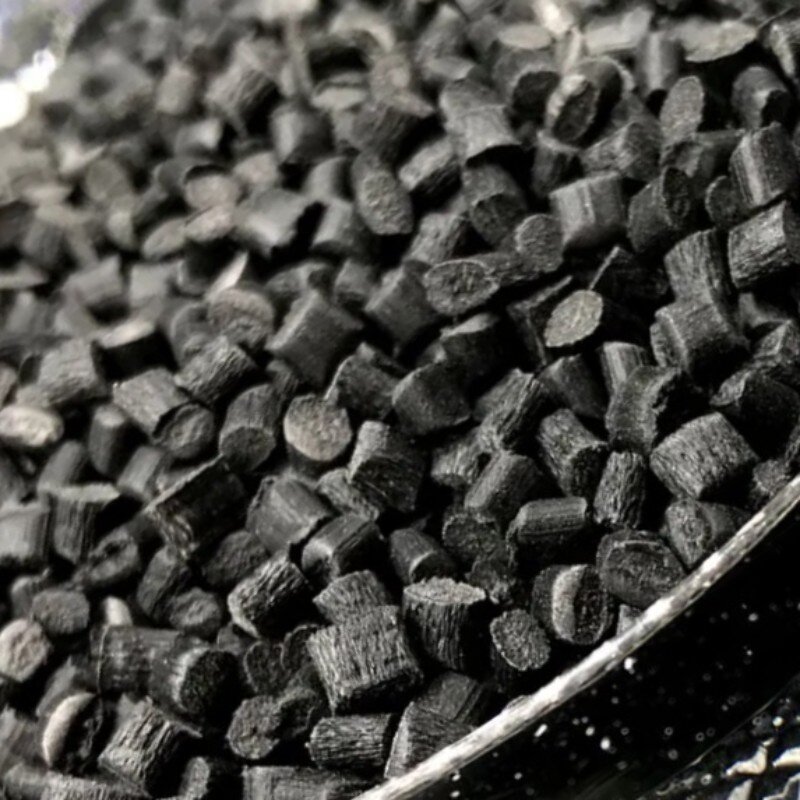Erreur de format d'e-mail
emailCannotEmpty
emailDoesExist
pwdLetterLimtTip
inconsistentPwd
pwdLetterLimtTip
inconsistentPwd

Offer Technical Support and Customized Solutions
The company is committed to creating new and improved plastic materials to meet the evolving demands of the market.

How to Reduce the Water Absorption of PA6?
Introduction
In the realm of polymer materials, the importance of Polyamide 6 (PA6) and Polyamide 66 (PA66) cannot be overstated. These versatile materials find widespread use in various industrial applications due to their exceptional properties. TOPONEW proudly presents high-quality PA6 and PA66 modified plastic pellets, tailored to meet diverse requirements. With a focus on quality assurance, TOPONEW ensures that PA6 materials are provided with standard moisture content, precisely aligned with your specifications. This introduction sets the stage for exploring the intricate details of PA6 and the strategies employed to maintain optimal moisture levels, a crucial consideration in their processing and application.
Influences?
Mechanical properties and molecular motion changes in Nylon after absorbing water are significant. The main changes include a decrease in hardness, modulus, and tensile strength, a decrease in yield point, and an increase in impact strength. Studies on the molecular motion of PA6 include nuclear magnetic resonance, dynamic mechanical relaxation, and dielectric loss. Research on the transition of PA6 materials before and after water absorption has found that the glass transition temperature (Tg) is quite sensitive to moisture, decreasing significantly after water absorption. It is also found that the process of Tg decreasing with increasing water absorption has stages. The initial decrease is rapid; after the water mass fraction exceeds a certain value, the decrease becomes slow.
Dimensional changes: The volume of PA6 expands after water absorption. During expansion, the changes in material dimensions and water absorption are not completely synchronized. PA6 fibers expand rapidly and then slow down with increasing water absorption, while PA6 films show the opposite trend. Samples with stretching orientation exhibit anisotropic expansion, with more significant expansion in the direction of stretching orientation.
How?
Reducing water absorption in PA6 is one of the key research areas. Currently, there are three main methods for reducing the water absorption of modified PA6:
Adding compatibilizers:By adding fillers, they react with the easily water-absorbing polar amide groups, terminal amino groups, and carboxyl groups in the PA6 molecular chain, shielding them, thus significantly reducing water absorption.
Crystalline region shielding:
PA6 is a semi-crystalline material, and water molecules easily enter the amorphous region with large polar groups. The added fillers and compatibilizers effectively increase the crystallinity of the modified PA6 material, not only improving its mechanical properties but also greatly reducing water absorption.
Structural shielding:
In modified PA6 materials, PA6 is the continuous phase, and fillers or surface treatment agents are the dispersed phase. The interface between the two phases is strong, and the non-polar long chains of fillers or compatibilizers effectively hinder the contact between PA6 materials and water molecules, resulting in a significant reduction in water absorption.
PA6 readily absorbs moisture, therefore, it is essential to dry it before molding. If the material is provided in waterproof packaging, the waterproof container should be kept sealed. If the moisture content is greater than 0.2%, it is recommended to dry the material for 16 hours at 80°C in a dry heat sterilizer. If the material has been exposed to air for more than 8 hours, it is advisable to vacuum dry the material for over 8 hours at 105°C .
Conclusion
In conclusion, PA6 and PA66 modified plastic pellets offered by TOPONEW provide a high-quality solution with standard moisture content tailored to meet diverse requirements. By addressing the challenge of moisture absorption, TOPONEW ensures reliability and consistency in PA6 materials for various industrial applications. With a commitment to excellence, TOPONEW continues to contribute to the advancement of polymer materials, ensuring optimal performance and satisfaction for its customers.

